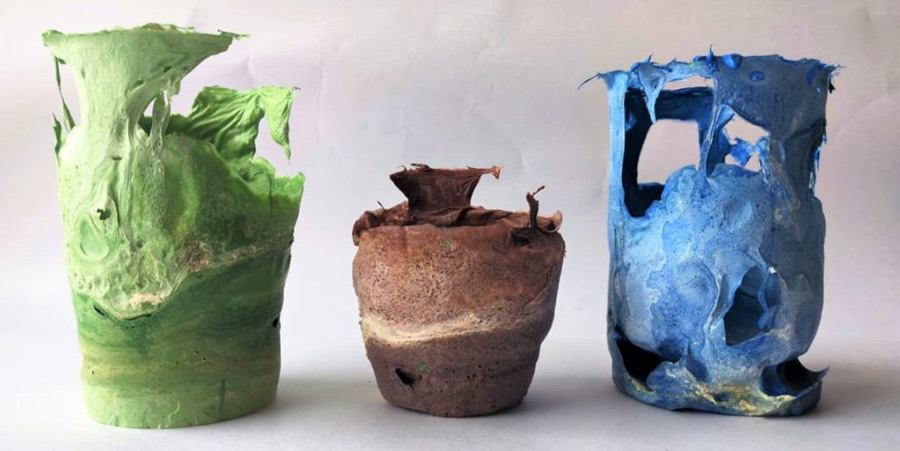When we think of the trash that pollutes our planet, we tend to imagine things like plastic bags, food wrappers, and straws. But cigarette butts are actually the most littered item in the world, with 4.5 trillion tossed out every year. And it’s not just the toxins that make this such a problem. Cigarettes have a thin plastic filter made of cellulose acetate, which doesn’t decompose but degrades into microplastic that ends up in water streams, harming marine animals.
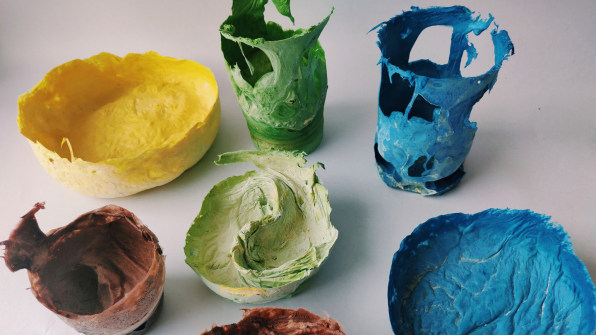
Mumbai-based industrial designer Sachi Tungare wanted to find a way to give this trash a second life. As a first step, she made a collection of 10 sculptures, including bowls, lamp shades, and vases, which she exhibited at Dutch Design Week. Each object is made from about 300 cigarette stubs that Tungare collected by hand. “We don’t tend to think about cigarette waste very much because they are tiny,” she says. “But around the world, there is no way to properly dispose of them.”
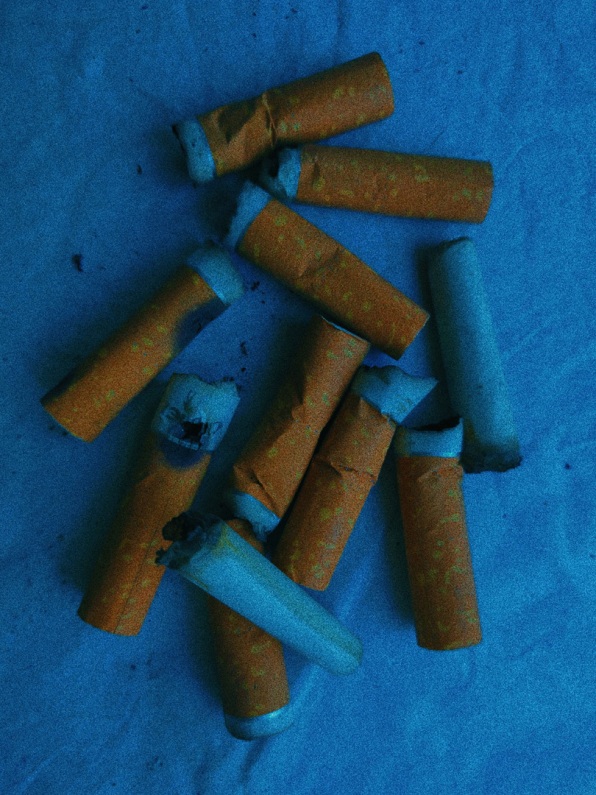
Tungare, who studied at the Shristi Institute of Art Design and Technology in Bangalore, came up with the idea while studying abroad at the Design Academy Eindhoven in the Netherlands. She had been tasked with solving a problem connected to city centers around the world. As she strolled the streets of Eindhoven, she saw kids playing in the park, where cigarette butts littered the gravel. She began noticing the stubs everywhere and started collecting them to better understand their material structure. “I thought that the main problem would be the toxins, but as I did research, I began to realize that another big problem is the cellulose acetate inside them,” Tungare says. “As an industrial designer, the way I think about solving problems is through designing products.”
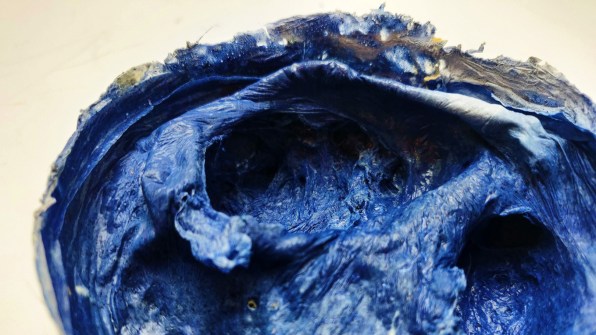
So Tungare began experimenting with ways to transform cigarette waste into something new. For weeks, she donned plastic gloves and gathered thousands of cigarette butts, ending up with enormous bags in her backyard. “It was a very stinky, dirty process,” she recalls. She found a way to sanitize the cigarettes with an enzyme-based organic bleach, then separated the plastic from the paper in order to recycle both. She dissolved the cellulose acetate, creating a solution that could be poured into molds. When the water evaporated, it hardened into the designs she created. She then paints them before leaving them to dry. “The beauty of the process is that when the water evaporates, it leaves a swirl pattern,” she says.
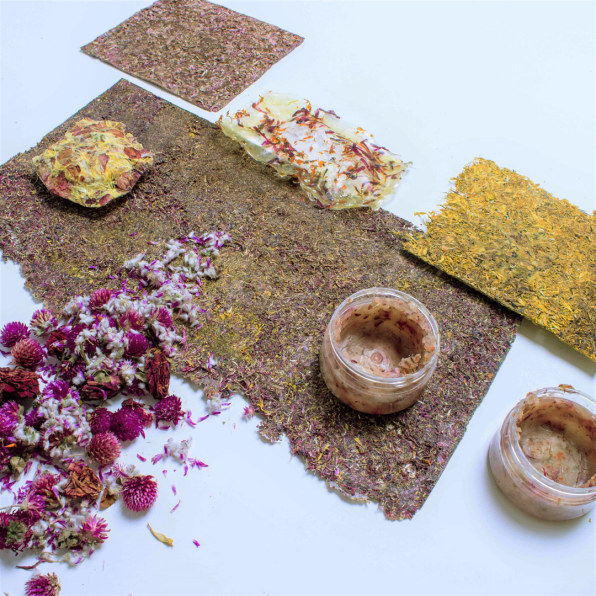
The final works of art were presented as part of the Rethinking Plastic program at Dutch Design Week. Tungare believes these sculptures can help people understand the scale of the problem of cigarette waste. But her larger goal is to create a broader system that collects cigarette butts and transforms them into useful objects. She says she’s been influenced by the growing field of circular design, studying the work of Gunther Pauli and Seetal Solanki. She’s also inspired by the Indian idea of “frugal innovation,” or solving problems while using as few resources as possible. Tugare called her art exhibit Jugaad, which is the Hindi word for this concept. “We have depleted so many raw materials on the planet,” Tungare says. “As designers, it makes sense for us to extend the life of the materials we already have and turn them into other usable products.”
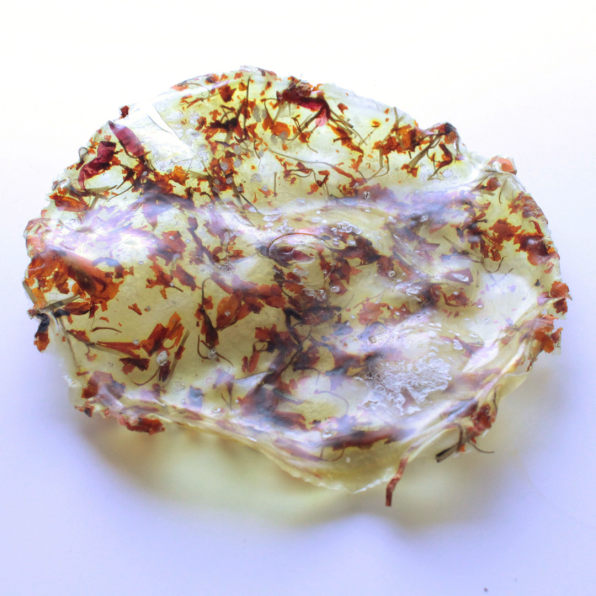
There are several companies just beginning to collect cigarette butts with the goal of recycling them. But there isn’t yet a clear use for the discarded material. Meanwhile, a cigarette recycler in India has tapped Tungare to help develop new products from reclaimed cellulose acetate. She’s still in the process of experimenting with products that can be manufactured at scale, including the home goods she created for the Jugaad project. “I’m glad that companies are finding ways for people to responsibly dispose of their cigarette butts,” she says. “Now designers like myself can work on creating products from this material.”
This article first appeared in www.fastcompany.com

